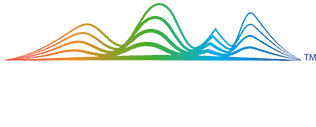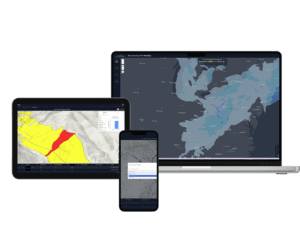The Poudre River Watershed is a source for drinking water, recreation, and ecosystem functionality in the Fort Collins, CO area. Source: Coalition for the Poudre Watershed
What is the Poudre River Watershed and why is it important?
The Cache la Poudre River (pronounced “pooh-der” in American English) literally means “hide the powder” in French – the name comes from an instance in which stockpiles of gunpowder were preserved by trappers via burial along the riverside. The river is in northern Colorado and is popular for fishing, as well as hiking and other outdoor activities. To learn more, check out a full exploration of the watershed and detailed overview of how snowmelt impacts the river flow.
The Cache la Poudre River Watershed drains approximately 1,056 square miles above the canyon mouth west of Fort Collins, Colorado. The watershed supports the Front Range cities of Fort Collins, Greeley, Timnath, and Windsor. In an average year, the watershed produces approximately 274,000 acre feet of water. More than 80 percent of the production occurs during the peak snowmelt months of April through July. Fires are huge erosion factors, and they create large amount of sediment that can then get into rivers and impact the quality of drinking water. The region has recently experienced significant wildfires and more are expected, and the Poudre River has already experienced flows of sediment. Fires have already deposited boulders and sediment into the river, but this has been worsened by severe, heavy rains.
How do wildfires negatively impact ecosystems and successful land management?
Large, severe wildfires can have far-reaching adverse effects on ecosystem function, human health, and economic well-being. Wildfires remove vegetation from the landscape and alter surface hydrology, which increase the risk of flash floods and erosion. Following wildfires, increased runoff can transport large amounts of soil, ash, and debris downstream, potentially contaminating water supplies and threatening water infrastructure and the communities dependent thereon.
Fires are huge erosion factors, and they create large amount of sediment that can then get into rivers and impact the quality of drinking water. Norther Colorado has recently experienced significant wildfires and more are expected, and the Poudre River has already experienced flows of sediment. Fires have already deposited boulders and sediment into the river, but this has been worsened by severe, heavy rains.
An award from the Coalition for the Poudre River Watershed and American Forests Foundation
Reducing wildfire fuels through forest thinning treatments is a common method for reducing the risk and consequences of wildfire. When treated areas do burn, they tend to do so at lower intensities, which results in lower burn severity is lower and fewer undesirable effects. While these ecosystem dynamics are understood, there is still uncertainty about the actual extent of public benefits gained from wildfire mitigation treatments. For instance, if a thinned area experiences a wildfire, how much was burn severity reduced by the treatment, thereby minimizing the sedimentation of waterways that impacts water quality?
The project proposed by Teren strives to address the information gap by measuring and modeling the sediment reduction benefits generated by hazardous fuel forest treatments in the Cache la Poudre watershed. The anticipated deliverables will enable stakeholders to better quantify and communicate returns on investment from forest treatment activities and allocate resources for optimized mitigation benefits to the public.
Who are our partners?
The Coalition for the Poudre River Watershed has a mission to improve and maintain the ecological health of the Poudre River Watershed through community collaboration. They work to achieve this mission by focusing on:
- watershed resilience;
- river restoration;
- forests and fires; and
- post-fire restoration.
The American Forests Foundation works on-the-ground with family forest owners, partners, and elected officials to promote stewardship and protect our nation’s forest heritage.
Specific goals for the project
In this grant, Teren aims to answer two specific questions:
- How much sediment are Elkhorn and Lone Pine Creek watersheds contributing downstream under current conditions without a wildfire, and what would the percent change in sediment production under current conditions be after a catastrophic wildfire?
- Which areas of the watershed are the highest priority for forest restoration treatments in order to gain the largest benefit in potential sediment production within the Lone Pine and Elkhorn Creek drainages?
This work meets the Teren vision to transform data into solutions for a safer and more sustainable planet.


How can Teren help you?
We'd love to hear from you.
- Ready to dive deeper? -
Knowledge Hub
White Papers
Webinars